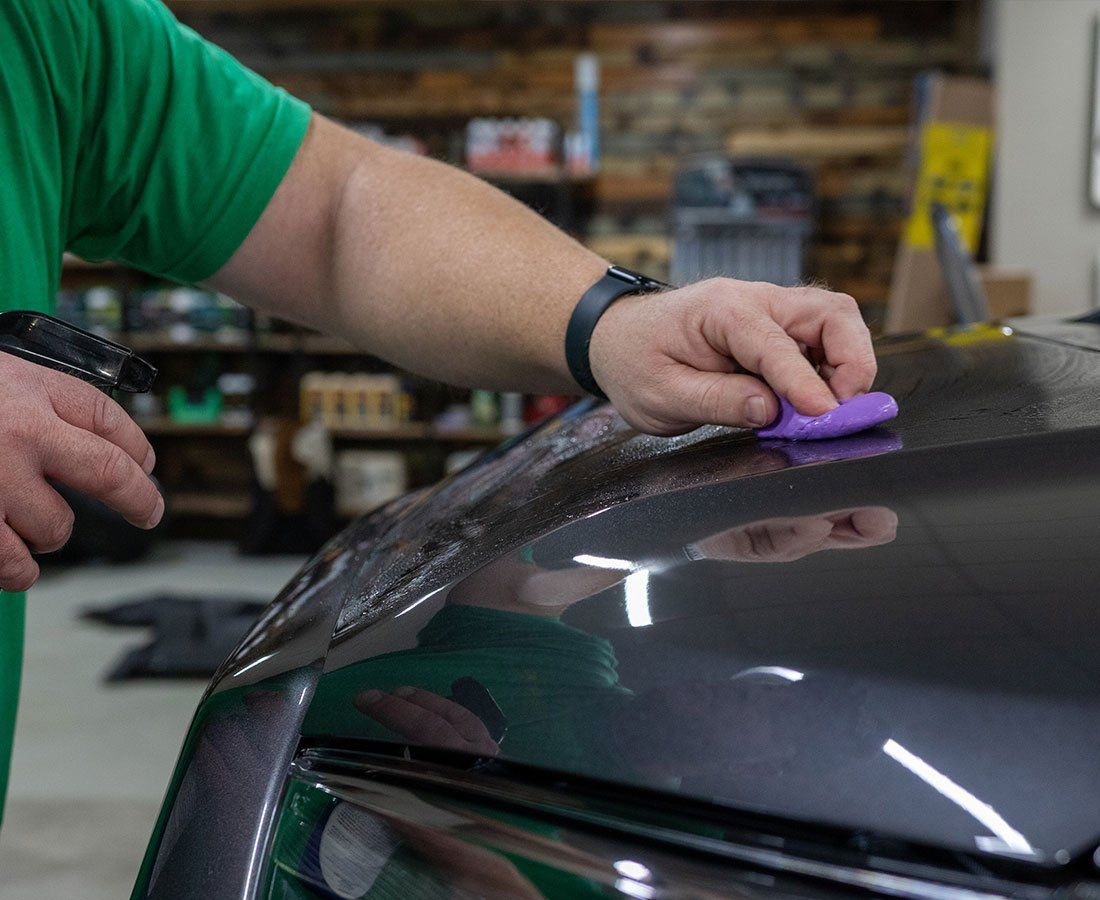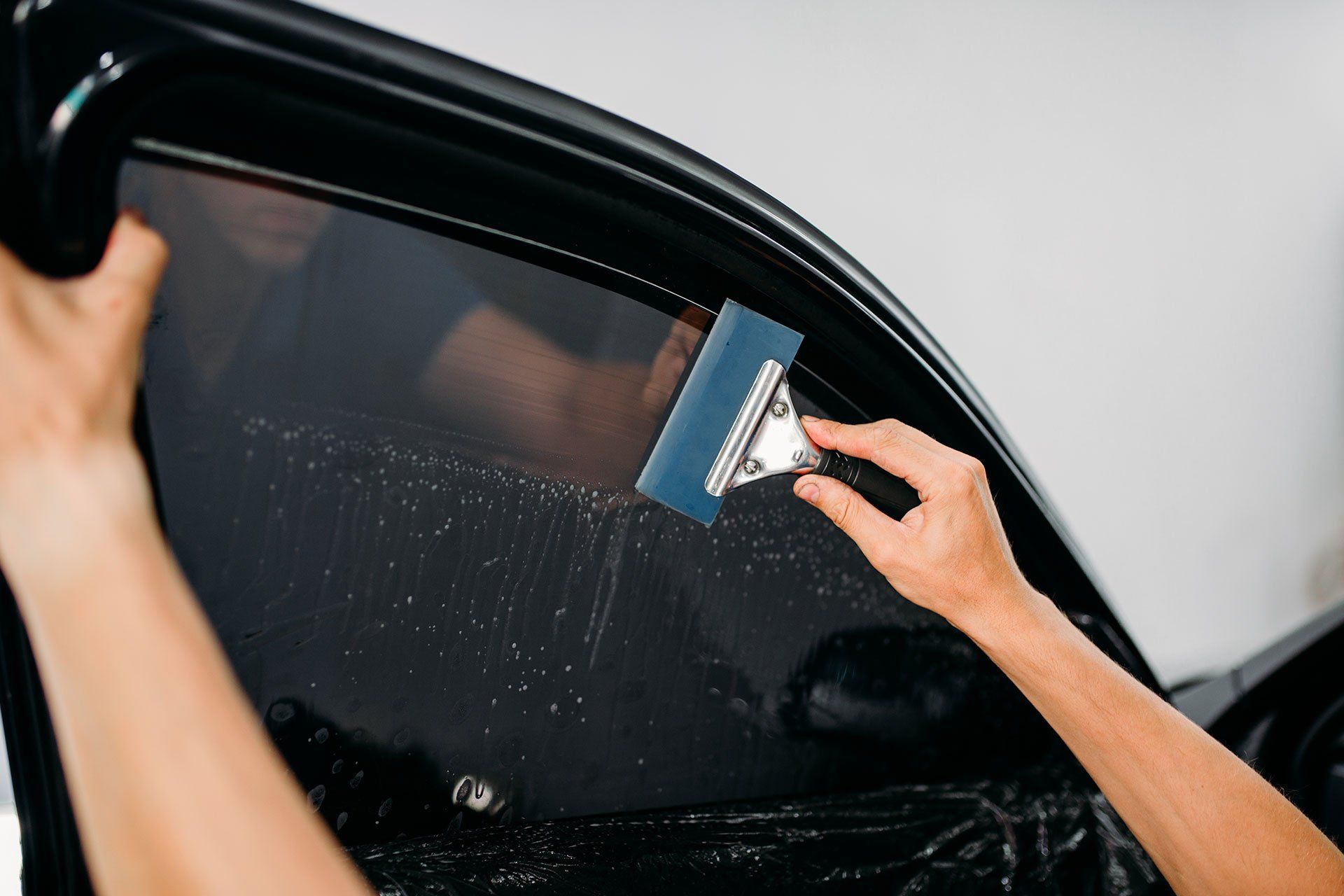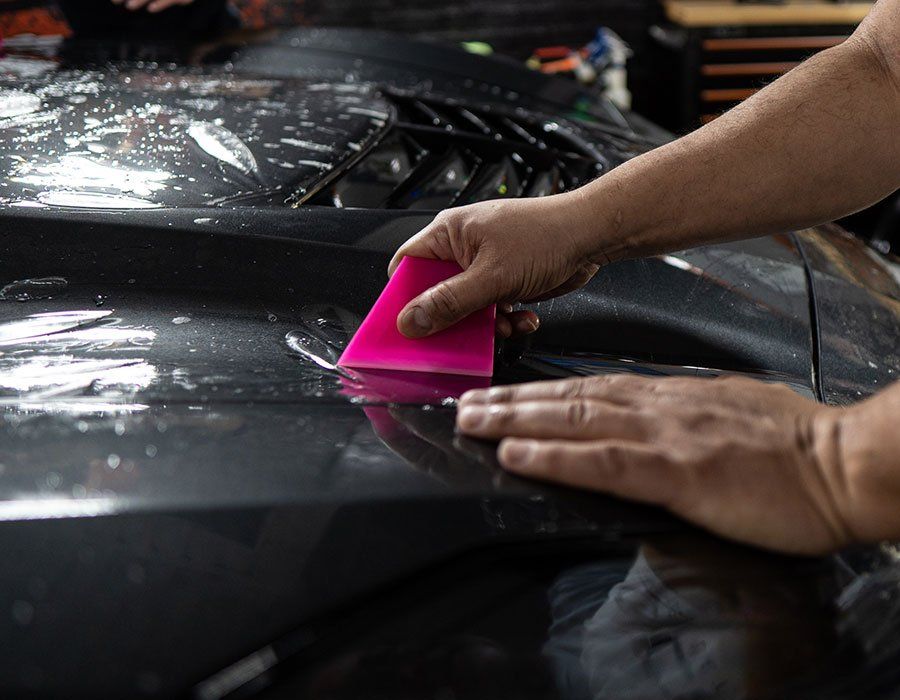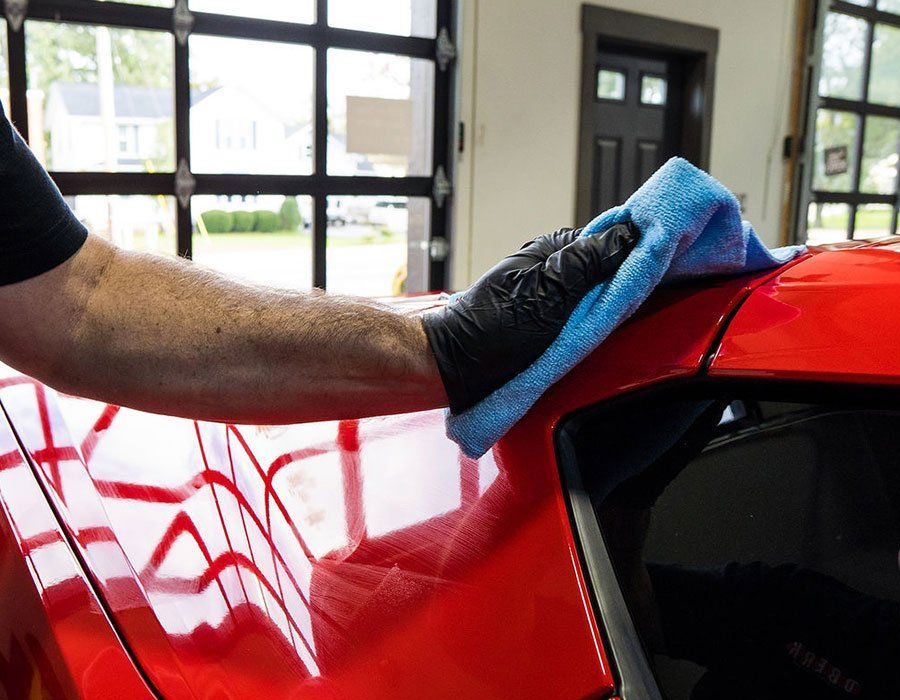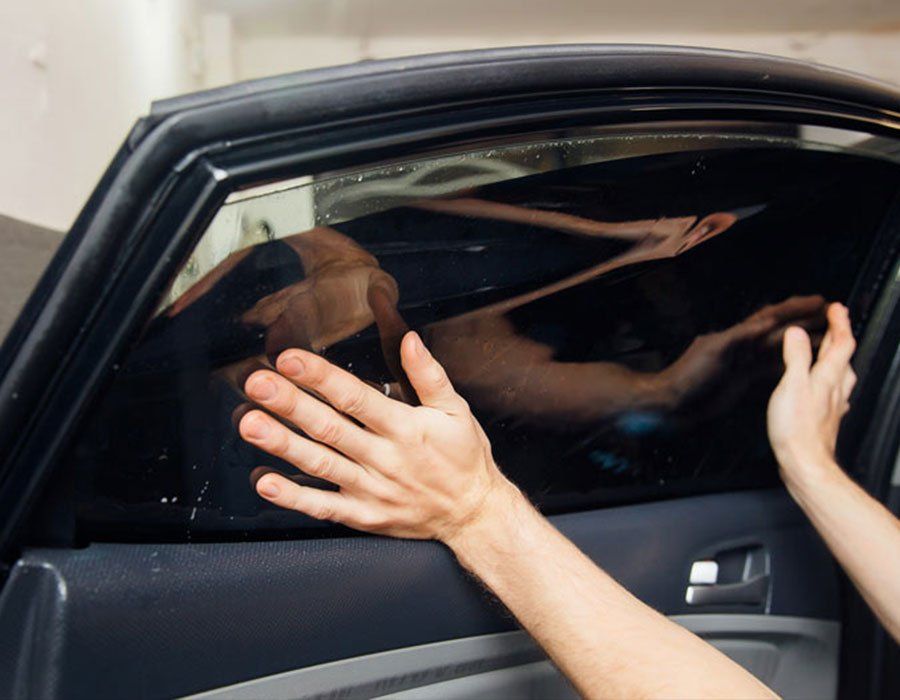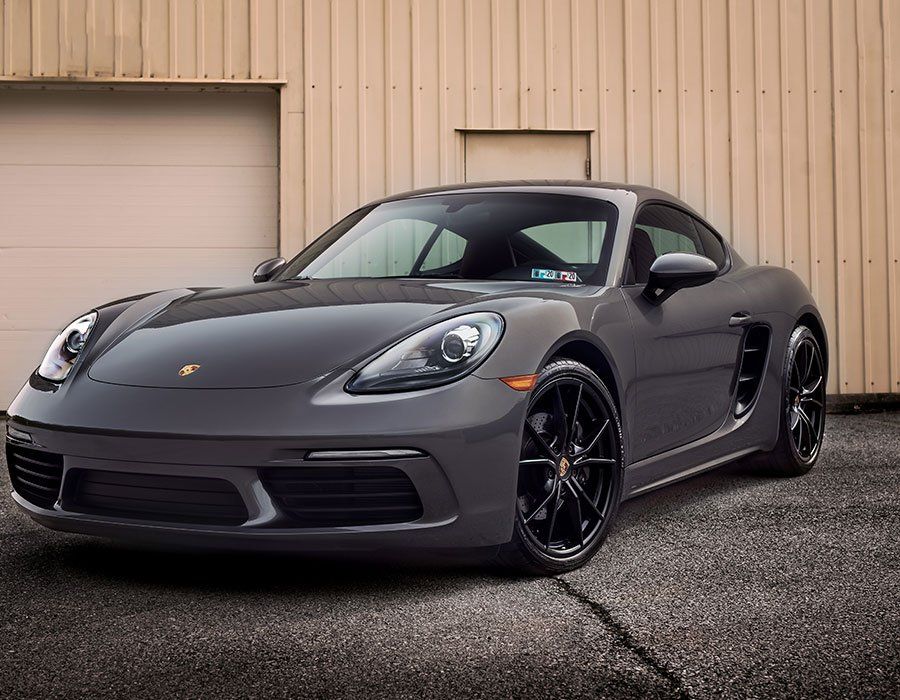Unveiling the Truth: Debunking Paint Protection Film Myths for Automotive Enthusiasts
CALL (727) 940-2340
SCHEDULE NOWIf you think paint protection film is an unnecessary luxury or a mere marketing gimmick, you're mistaken. In the world of automotive enthusiasts, myths and misconceptions about paint protection film swirl vehemently, creating an unjust haze of confusion. Buckle up as we shift gears to unveil the truth, debunking prevalent myths about this revolutionary technology designed to keep your beloved car looking pristine.
There are several common myths surrounding PPF that need to be debunked, such as that PPF damages the paint instead of protecting it, that PPF is only suitable for luxury or exotic cars, or that low-quality films may yellow or peel over time. This article addresses these misconceptions and provides authoritative answers backed up by modern PPF technology and experts in the field.
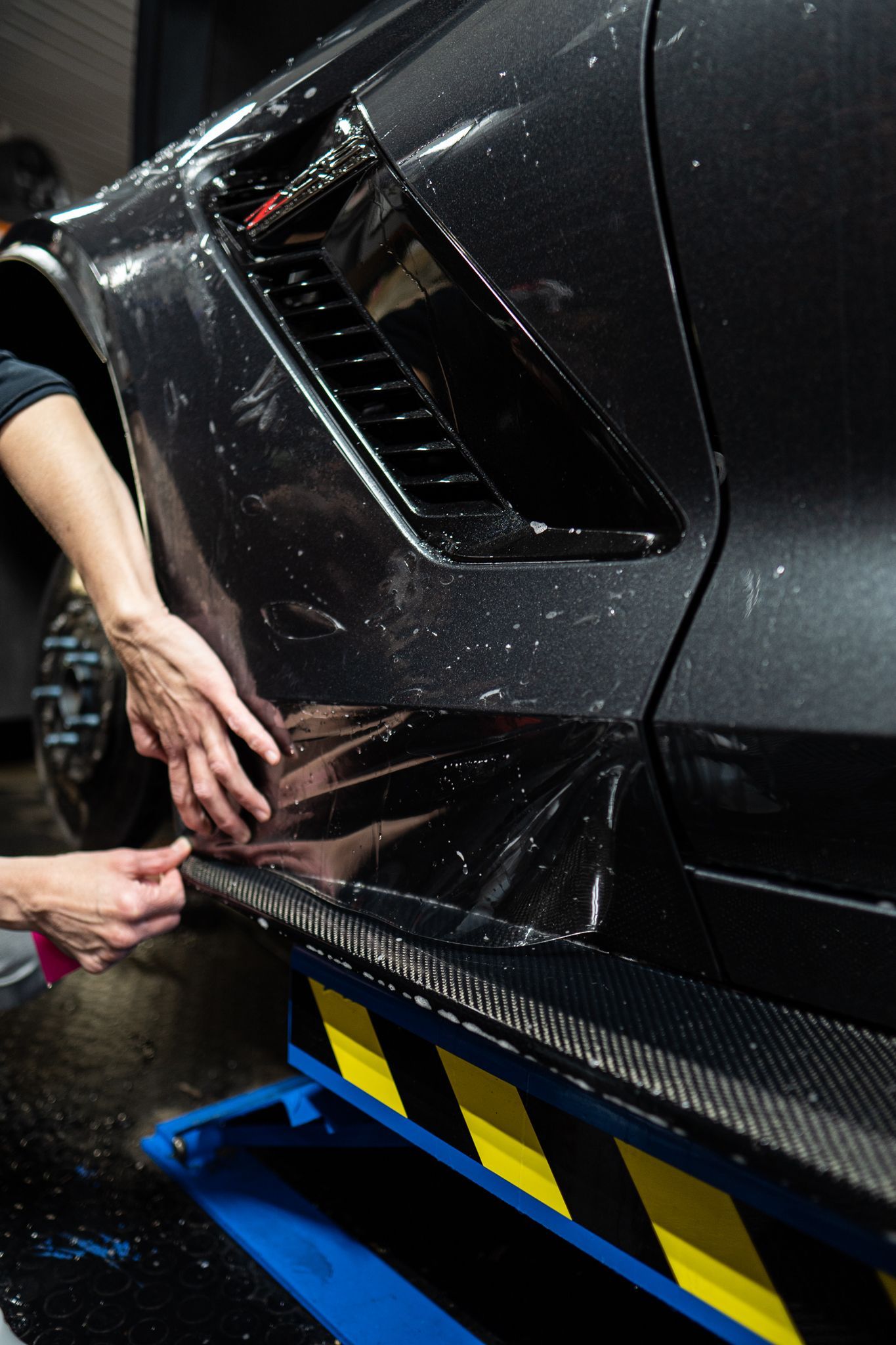
Unveiling the Truth: What is Paint Protection Film?
Automotive enthusiasts are constantly seeking innovative ways to preserve and enhance the appearance of their beloved vehicles. One method that has gained significant popularity in recent years is paint protection film (PPF). But what exactly is PPF, and how does it work? Paint protection film is a transparent, thermoplastic urethane film that is meticulously applied to the exterior surfaces of a vehicle. It acts as a protective barrier, shielding the paint from damage caused by rock chips, scratches, bird droppings, and other common hazards on the road. The film is typically self-healing, meaning that minor scratches can disappear over time with exposure to heat or sunlight, ensuring a long-lasting, pristine finish.
Applying paint protection film requires precision and expertise. Trained professionals ensure that every curve and contour of the vehicle's surface is covered seamlessly. This not only provides optimal protection but also enhances the appearance of the car without any visible seams or edges.
The Importance of Protection Film for Vehicles
Every vehicle owner dreams of maintaining their car's showroom shine for as long as possible. However, daily driving exposes our vehicles to an array of potential hazards that can take a toll on the paintwork. This is where paint protection film steps in as a game-changer.
Paint protection film acts as an invisible shield that guards against the elements, ensuring that your vehicle's paint is protected from various damage-inducing factors. Rocks, gravel, and road debris are notorious for causing unsightly chips and scratches, but PPF acts as a sacrificial layer, taking the impact and preserving the integrity of the underlying paint. Moreover, paint protection film offers UV resistance, preventing discoloration and fading of the vehicle's paint caused by prolonged sun exposure. It also serves as a barrier against environmental pollutants, such as tree sap and bird droppings, which can etch into the clear coat and leave permanent damage.
Professional Installation of Paint Protection Film
It's important to recognize that professional installers have years of experience and expertise, which can result in precise and flawless installations. They possess the necessary tools, skills, and controlled environments to ensure optimal results. Additionally, they offer warranties that guarantee satisfaction and peace of mind.
Challenges and Benefits of DIY Installation
Embarking on a DIY PPF installation journey comes with its fair share of challenges. One major hurdle is ensuring proper pre-installation preparations. Cleaning and decontaminating the car's surface thoroughly is crucial to achieving maximum adhesion. Moreover, finding a suitable workspace with a controlled temperature and minimal dust particles is essential to avoiding potential imperfections during installation. Another challenge lies in familiarizing oneself with the intricacies of working with PPF. From gathering essential tools specific to PPF installation to becoming well-versed in different techniques, there is a learning curve involved. However, this learning process also presents an opportunity for personal growth as you acquire new skills and knowledge about automotive protection.
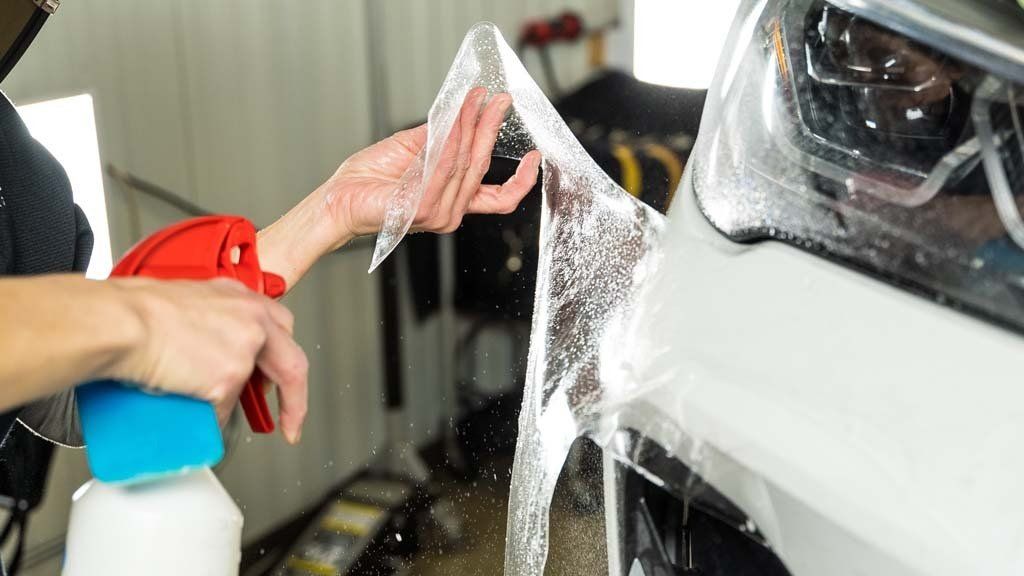
Benefits that Negate Myths About Paint Protection Film
As automotive enthusiasts, it's only natural to want to keep our beloved vehicles looking pristine and protected against the wear and tear of daily use. Paint Protection Film (PPF) has emerged as a popular solution for enhancing the longevity and appearance of automotive paint. However, some myths have generated misconceptions about this technology. Let's debunk these myths and explore the benefits that make PPF an excellent investment for car enthusiasts.
One of the most prevalent misconceptions surrounding PPF is that it affects the clear coat of the vehicle's paint, leading to discoloration or fading over time. This myth couldn't be further from the truth. In fact, PPF is designed to protect against UV rays, preventing paint from fading and maintaining its original color for years to come. The high-quality materials used in PPF production ensure longevity and resistance to discoloration caused by sunlight exposure. Another common myth suggests that installing PPF on a vehicle will result in a loss of gloss or shine. However, modern paint protection films are engineered with advanced technologies that preserve the original beauty and shine of the underlying paint. The film is virtually invisible once properly installed, allowing the vehicle's natural aesthetics to shine through without any compromise.
Many individuals also fear that applying PPF to their vehicles may hinder their ability to wash or wax them effectively. On the contrary, PPF actually reduces the need for frequent washing and waxing, as most car protection films repel dust, dirt, and grime. This not only saves time but also ensures that your vehicle maintains a glossy appearance between washes. Additionally, some believe that PPF is a restrictive investment because it cannot be repaired or replaced if damaged. However, this is far from true. If the film sustains any damage, such as scratches or chips, it can be easily repaired or replaced without affecting the underlying paint. This makes PPF a cost-effective solution in the long run, as it eliminates the need for expensive repainting in the case of minor damages.
Costs and Aesthetic Implications
One of the misconceptions surrounding PPF is that it's financially burdensome and only feasible for luxury vehicles. While it's true that there are variations in pricing based on factors like vehicle size, complexity of installation, and chosen brand or product quality, PPF can be tailored to fit a range of budgets. There are options available for various vehicle types and price points, making it accessible to both budget-conscious car owners and high-end car enthusiasts.
When considering the costs associated with PPF installation, it's important to remember that this investment is intended to protect your vehicle's paint from potential damage that could lead to more significant expenses down the line. By preventing scratches, stone chips, and other forms of damage, PPF helps preserve the resale value of your vehicle by maintaining its quality over time. Ultimately, investing in PPF can save you money by minimizing repairs and repainting needs in the future.
The Longevity of Paint Protection Film
There is a common misconception surrounding the longevity of paint protection film (PPF) that suggests it ages and loses its effectiveness over time. Paint protection film is specifically designed to withstand harsh environmental conditions and daily wear and tear. It is engineered with advanced technology to resist aging factors such as UV rays, oxidation, and other elements that can degrade the appearance of your vehicle's paintwork. With proper installation and maintenance, PPF can maintain its protective properties for years.
It is worth mentioning that technological advancements have significantly improved the longevity of modern PPFs. Manufacturers continue to innovate with self-healing properties that aid in minimizing any surface imperfections caused by everyday wear. These self-healing features enable minor scratches on the film to disappear over time through heat or exposure to sunlight.However, it is essential to keep in mind that the lifespan of PPF is influenced by various factors, such as driving conditions and m aintenance practices. Harsh weather conditions, frequent exposure to road debris, incorrect washing techniques, or neglecting routine maintenance can impact the longevity of PPF.
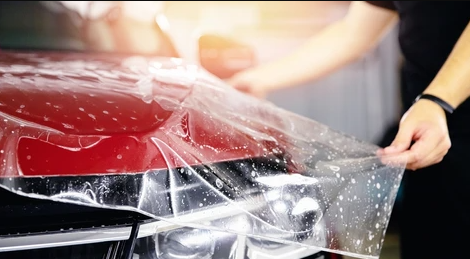
Reality of UV Damage and Surface Protection
One crucial aspect of debunking PPF myths is understanding the reality of how this protective film guards against UV damage and preserves the integrity of your vehicle's surface. UV rays can be particularly harmful to a car's paintwork, causing fading, discoloration, and premature aging. This is where PPF truly shines. Paint protection film acts as a barrier between your vehicle's paint and harmful UV rays. The film's advanced technology absorbs and disperses UV radiation, preventing it from reaching the underlying paint layer. This not only prevents fading and discoloration but also maintains the vibrant appearance of your vehicle's paint.
Cars without PPF may exhibit signs of fading, dullness, and paint deterioration due to prolonged exposure to UV rays. In contrast, the car with PPF will maintain its original luster and vibrant color owing to the protective barrier provided by the film. Additionally, PPF acts as a sacrificial layer against other potential surface damage caused by environmental factors such as bird droppings, tree sap, road tar, stone chips, or debris. These elements can mar the surface of your vehicle and require costly repairs or repainting if left unchecked. By serving as a sacrificial layer, PPF takes the brunt of these damages, preserving your car's original paint underneath.
It is important to emphasize that while PPF provides substantial protection against common surface damages, it is not invincible. The film may incur some wear over time from more significant impacts or abrasive incidents like accidents or heavy debris. However, in such cases, the film can be replaced or repaired, ensuring that the underlying paintwork remains intact.
Trusted Paint Protection Film Service in Tarpon Springs, FL
Elevate your car's protection with Auto Film Guys, your trusted partner for top-tier paint protection film (PPF) services in Tarpon Springs, FL. Our unwavering commitment to safeguarding your vehicle's finish against road debris, scratches, and environmental elements is reflected in every precise installation we undertake. With a team of experienced professionals dedicated to delivering flawless PPF applications, we prioritize both your car's aesthetics and long-term value. Whether you're a luxury car owner or simply cherish your ride, our expertise ensures that your investment remains pristine. Join us at Auto Film Guys and experience the assurance of unmatched paint protection, because your car deserves nothing less. Contact us today to schedule an appointment and take the first step toward preserving your vehicle's brilliance for years to come.
The Auto Film Guys Blog

